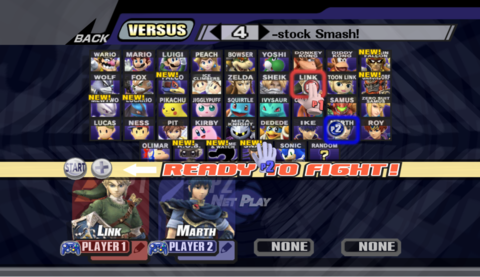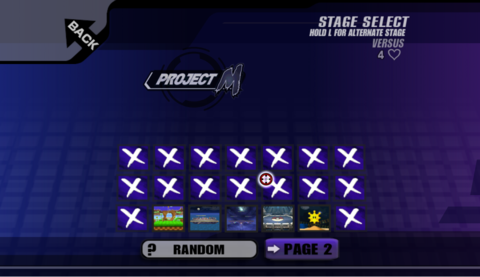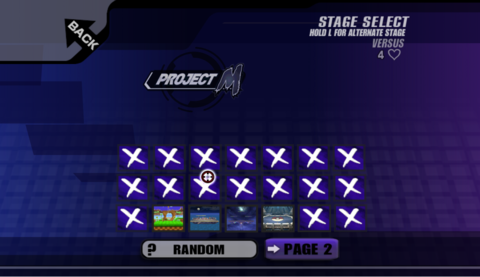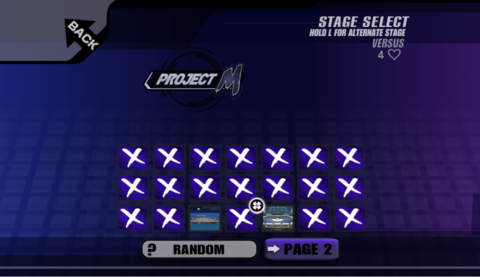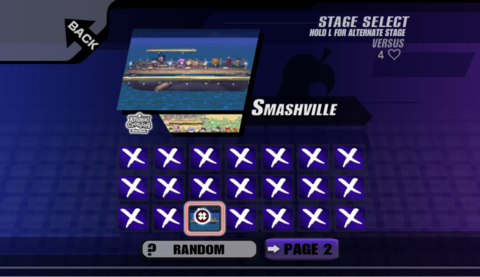Stage striking: Difference between revisions
No edit summary |
Serpent King (talk | contribs) (Undid edit by Miles of SmashWiki: And how do you propose we do that? Any screenshot edit is just going to look wrong, this is the best way.) |
||
| Line 1: | Line 1: | ||
{{ArticleIcons|series=y|competitive=y|unofficial=y}} | {{ArticleIcons|series=y|competitive=y|unofficial=y}} | ||
'''Stage striking''' is a common procedure seen in most tournaments the various games of the ''Super Smash Bros.'' series. Stage striking involves all players in the match taking turns on deciding which [[stage]]s will not be played on for the first match of a set. Players often alternate between each other to eventually decide on one stage that they will start their set on. | '''Stage striking''' is a common procedure seen in most tournaments the various games of the ''Super Smash Bros.'' series. Stage striking involves all players in the match taking turns on deciding which [[stage]]s will not be played on for the first match of a set. Players often alternate between each other to eventually decide on one stage that they will start their set on. | ||
Revision as of 15:02, August 19, 2017
Stage striking is a common procedure seen in most tournaments the various games of the Super Smash Bros. series. Stage striking involves all players in the match taking turns on deciding which stages will not be played on for the first match of a set. Players often alternate between each other to eventually decide on one stage that they will start their set on.
The process for stage striking starts off with players deciding who strikes the first stage, often via a game with a random outcome, such as a coin flip or by playing rock-paper-scissors. All tournaments for most of the games generally feature five legal, starting stages, with the winner of this random game being able to strike one legal stage of their choice. After this, the loser of the random game is allowed to strike two stages, and the winner then strikes one last stage. The one remaining stage is then used as the first stage for the set.
If a tournament ruleset features more than five stages, then the player who initially won the game of chance selects two stages after the losing player selects their two, and the procedure continues with each player only selecting one stage until only one stage is left. If a ruleset features fewer than five stages, either the losing player makes the final decision with their strikes, or they only strike one stage and the winning player strikes one more stage.
Stage striking is not performed for successive matches in the set; instead, the winner of the previous match selects their character, the loser selects their character in response, and the loser is then able to pick any legal or counterpick stage, provided any variants of Dave's Stupid Rule allow for the selection. Stage striking can also be skipped by invoking the Gentleman's Clause, provided the tournament has such a ruling.
As only one stage is legal in Smash 64 tournaments, Dream Land, stage striking is no longer a common practice at Smash 64 tournaments, though it was previously featured in older, less restrictive rulesets for the game.
